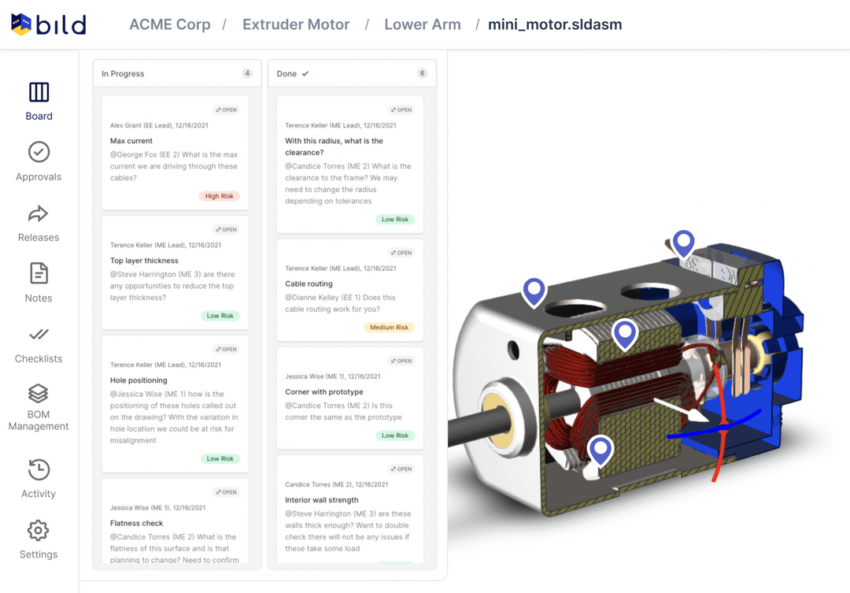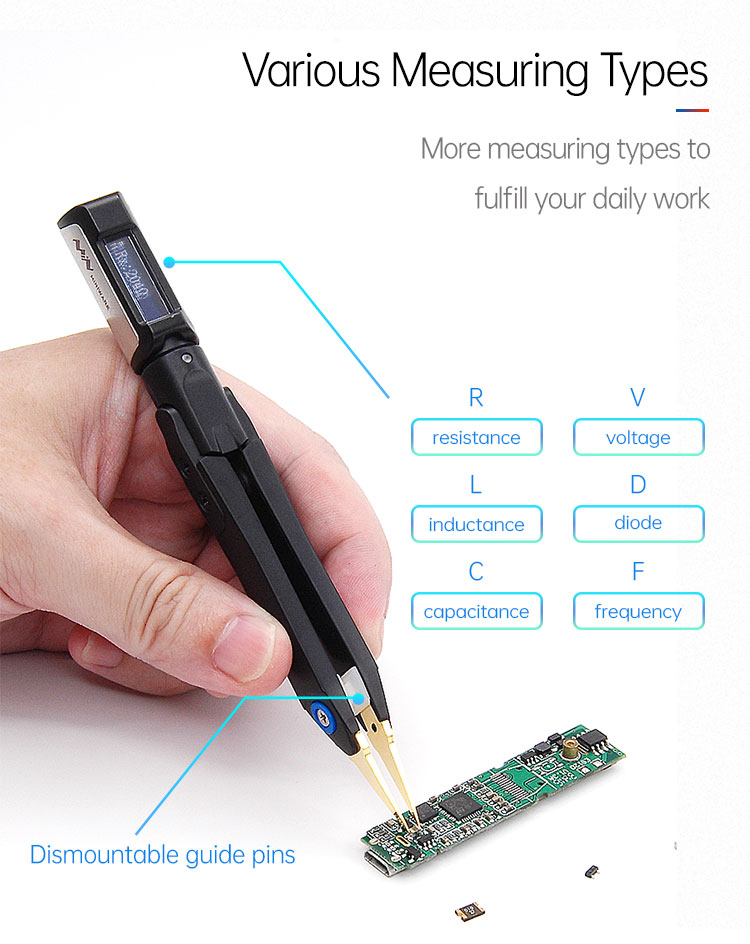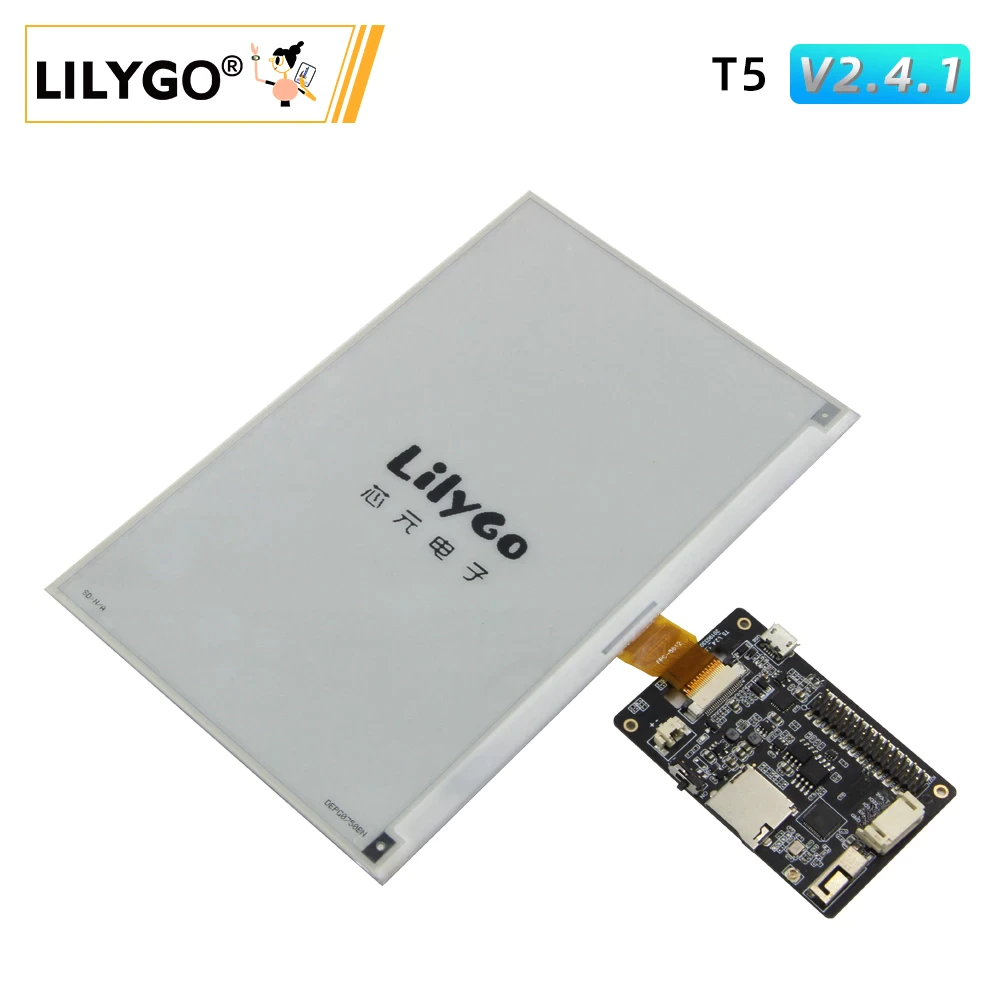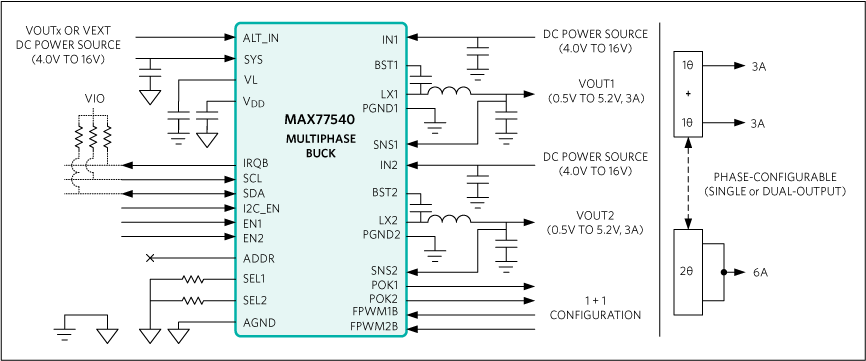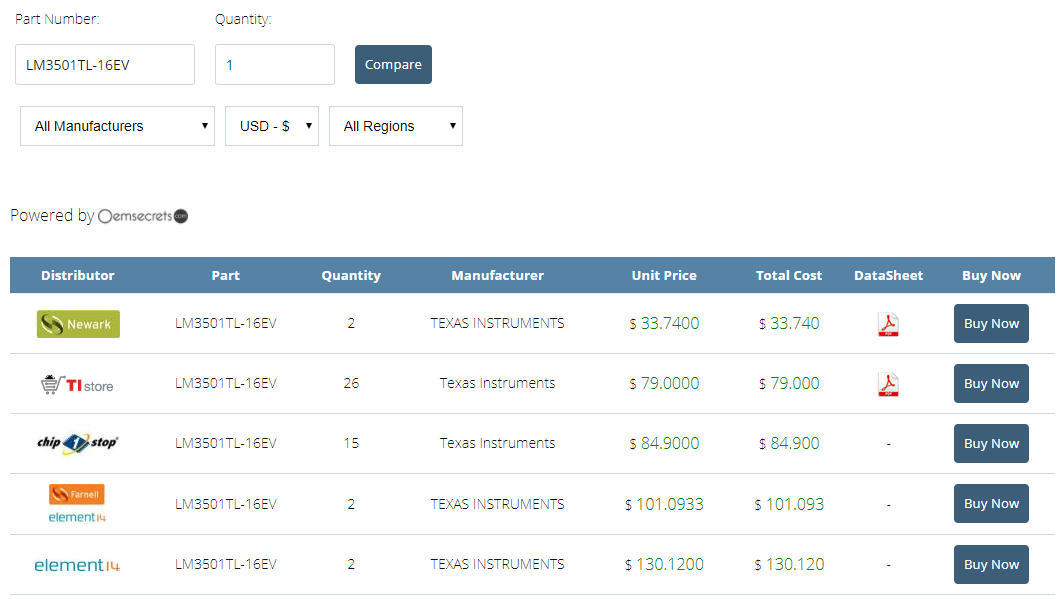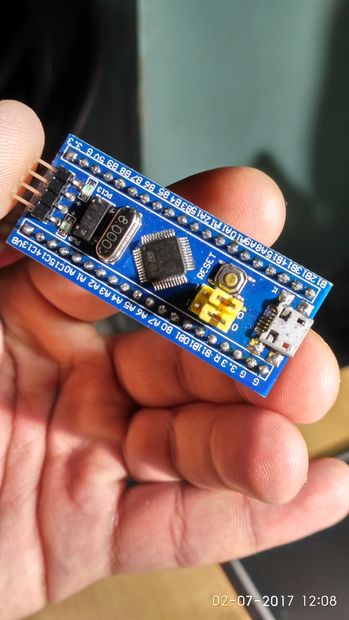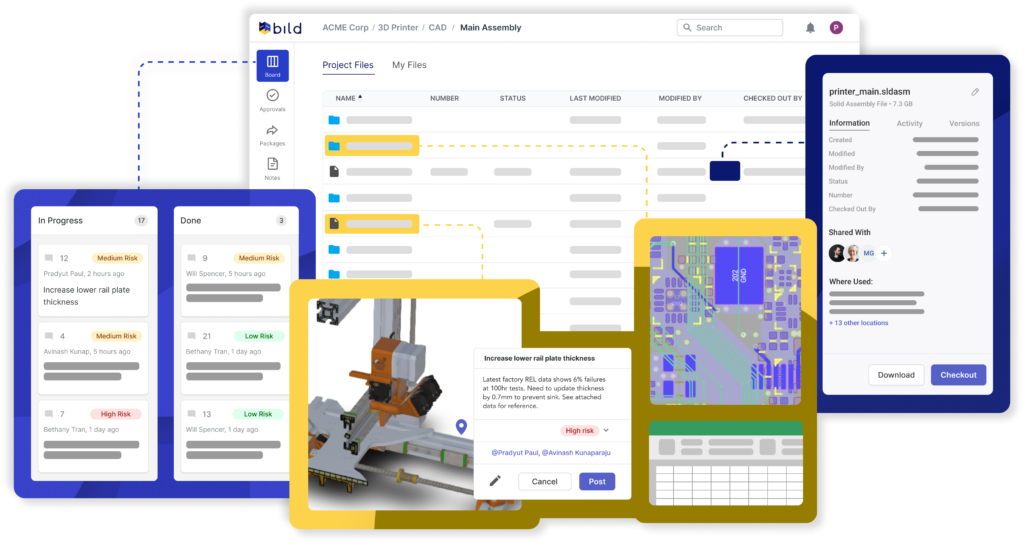
The challenge of sharing CAD files – Manage, View, and Share CAD – All In The Cloud
In this post, we will cover one of the many reasons why hardware development is so challenging. When we think about the decision-making process for design changes in hardware, it often involves multiple stakeholders from different teams. A single change can have dramatically different levels of impact for each of these stakeholders, and more so, have a trickling effect on other design considerations. Because of this particularly challenging environment, it’s important to make sure all stakeholders are aligned on design changes and are involved in the decision-making process.
One of the more common engagements across stakeholders is the intricate collaboration between EEs and MechEs. In many designs where form factor size is limited, for example, consumer electronics, there often is a tradeoff between mechanical considerations and electrical performance. More often than not, a form factor is decided by an industrial design team, with some consideration of performance viability and engineering. That form factor is translated into the playing ground for the engineering teams to deliver on the functional aspect of the product. For electrical engineers, the more space, the better. It allows for more shielding, better thermal performance, ideal layout placements, and a broader set of components to select from. For the mechanical teams, their focus might be set on drop performance, reliability, thermals, tooling considerations, and more. The area where both teams have aligned performance metrics is often limited.
Because of this nature, the development process requires these teams to be in constant collaboration, in order to assess the trade-offs for design changes. A thinner enclosure could mean that the board outline could grow, allowing more room for the electrical engineers to design, but meaning that the reliability during drop could degrade.

Over the course of the last decade, electronics have become smaller and have been able to support the smaller form factors. Companies are pushing the limits to design tolerances and making designs thinner, smaller, and lighter than ever before. This movement towards a more “mobile” future is driving exponential growth in the collaboration between electrical and mechanical engineers. However, these two teams live in very separate design environments, leading to a barrier to collaboration. Mechanical engineers often cannot review board files and ECAD models to understand design changes and their impact on the system, and electrical engineers cannot review MCAD models to understand how mechanical design changes will affect their designs.
The process ends up being extremely reliant on human-to-human interaction, leading to human errors. Take for example a wellness company in California – before using Bild, the electrical engineering team would rely on their product design team to inform them of any structural changes that could impact their PCB outline. With many changes in motion, a designer forgot to inform a minor update that would not allow the PCB to sit within the enclosure at the given tolerances, leading to the engineering teams showing up to their EVT build with assembly issues and thousands of dollars spent on rework and scrapped material.
After Bild, electrical and mechanical engineers are automatically informed about design changes and can review each design change without the need for additional design tools. For the first time, electrical engineers could review 3D CAD and take measurements to understand exactly the impact of changes, and mechanical engineers could measure board outlines to inform their mechanical design considerations.
The future of collaboration between these teams, and many more, is growing and teams are looking for ways to bring together these various stakeholders. Design changes will need to be made faster and with more input across growing teams. Tools like Bild enable various stakeholders and decision-makers to view and review any design on the web and stay up-to-date on design changes and future considerations. For teams that face challenges around EE and MechE collaboration, a tool like Bild could address many barriers in collaboration.
Visit us at getbild.com to book a demo and learn how cross-functional teams can collaborate seamlessly.




